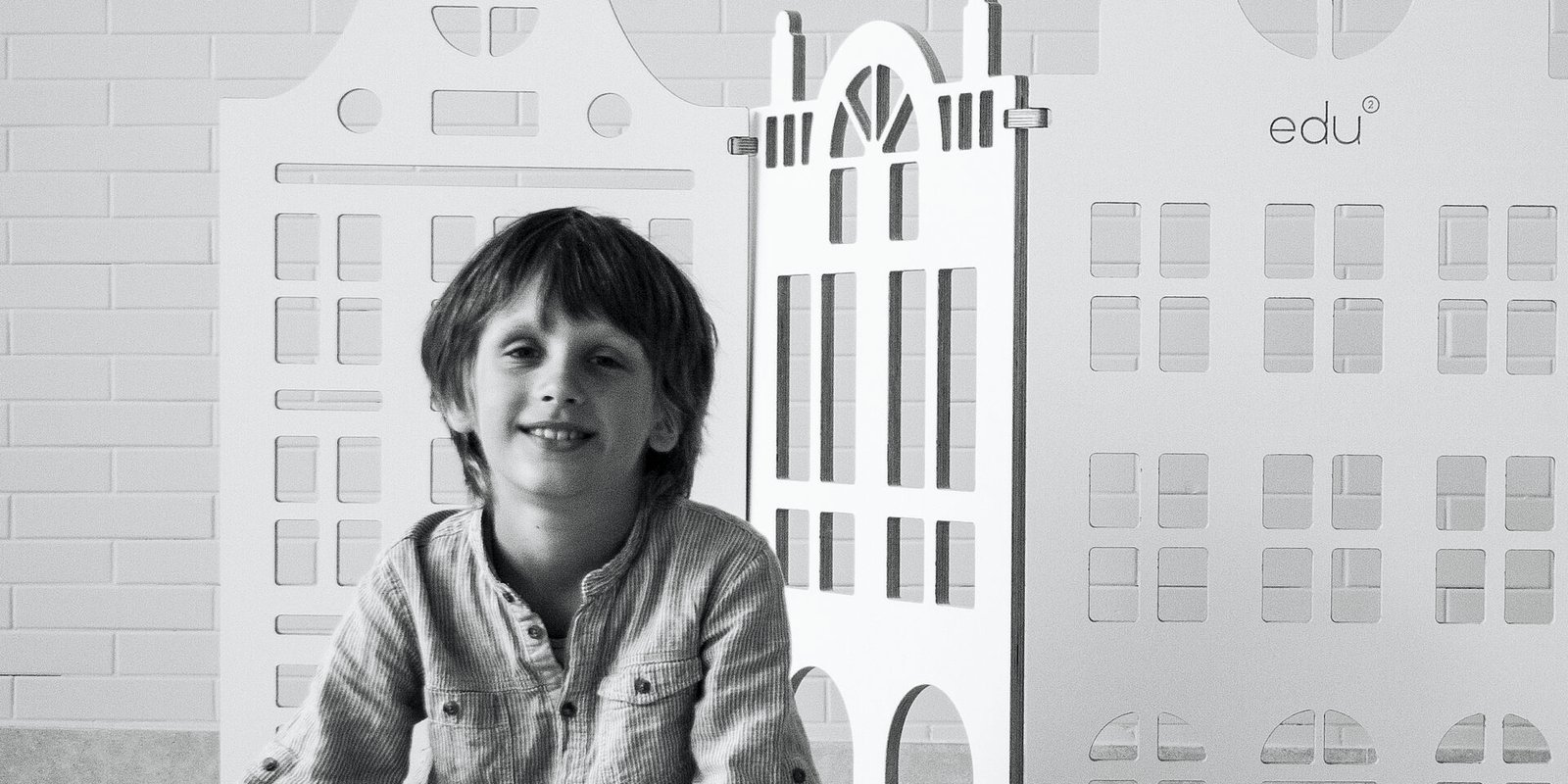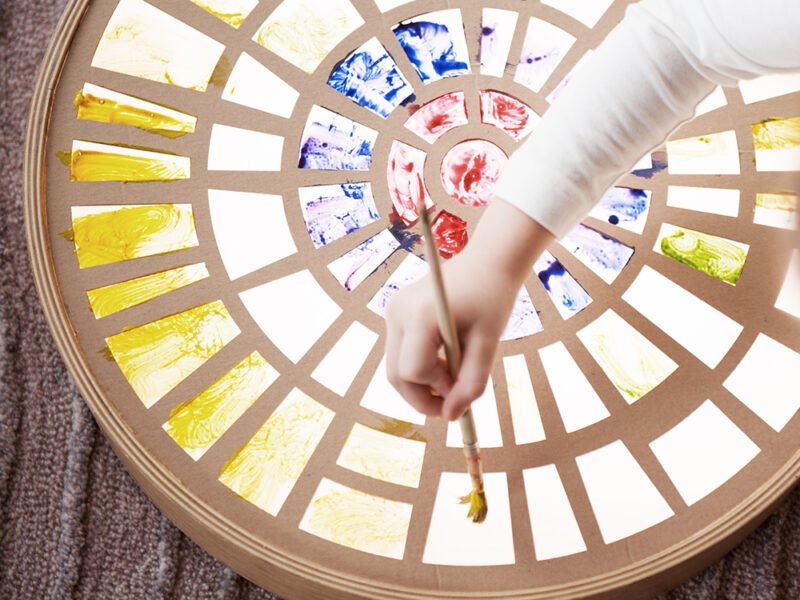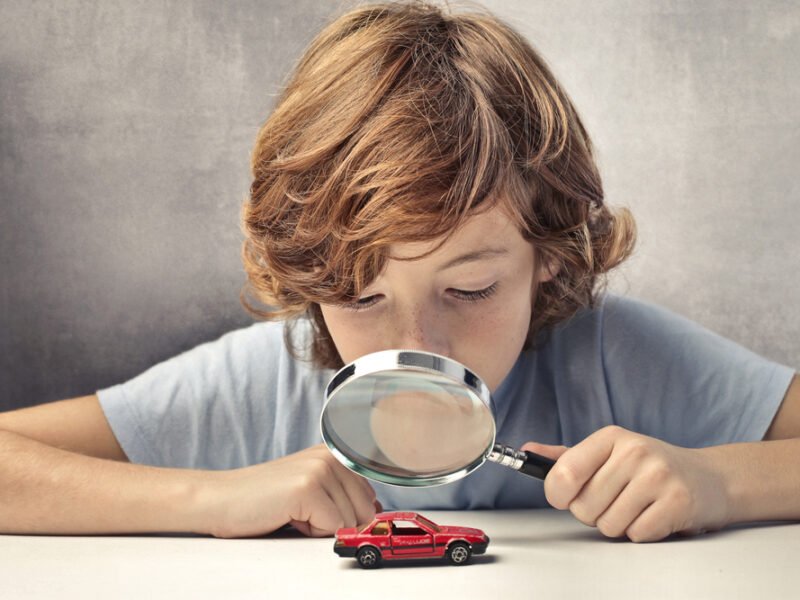As parents and caregivers, we want to provide our children with the best possible play experiences, and that includes having a playhouse that is both fun and visually pleasing. A playhouse is not just a place for children to play, but also a place for them to imagine, create, and explore. It’s a place for them to have their own little space, a place where they can call their own, and a place where they can feel safe and secure.
What is so special about play in a playhouse?
Children love playing in playhouses for a variety of reasons. One of the main reasons is that playhouses offer a sense of independence and control. Children can use the playhouse as their own personal space where they can make decisions, use their imagination and play out different scenarios.
Another reason children enjoy playhouses is that they provide an opportunity for role-playing and imaginative play. Children can pretend to be someone or something else, such as a chef, a teacher, or a doctor, and act out different scenarios in their playhouse. This helps them develop social skills, creativity, and problem-solving skills.
Preschool children are active actors-experimentors. They create games that mimic the life around them. By playing, a child can take part in the adult world and do the things they do. In their own playhouse, away from the parents, kids can learn to be an adult.
Additionally, playhouses can also provide a sense of adventure and exploration for children. They can explore the different rooms and spaces within the playhouse, and even use it as a base for outdoor play. It allows children to have their own private space where they can play and relax, away from the adult world.
In summary, playhouses give children a sense of independence, control and empowerment, allows them to use their imagination and creativity, and provides opportunities for role-playing and exploration.
Playtime in a playhouse has many benefits for children’s development
Playtime in a playhouse can have many benefits for children’s development, both physical and cognitive. Here are a few research-based explanations for why playtime in a playhouse is important for kids:
- Physical Development: Playtime in a playhouse can help children develop gross motor skills, as they climb, crawl, and explore the different spaces within the playhouse. It can also help with fine motor skills, as they manipulate small objects and use tools such as a play kitchen.
- Cognitive Development: Playtime in a playhouse can also support cognitive development, as children engage in imaginative and symbolic play. Imaginative play allows children to explore different roles and scenarios, which can help them develop problem-solving skills and understand different perspectives.
- Emotional Development: Playtime in a playhouse can also help children develop emotional intelligence and social skills. Through play, children learn to share, communicate and negotiate with others. They also learn to control their emotions, as they engage in activities that challenge them or make them feel frustrated.
- Language Development: Playtime in a playhouse can also support language development, as children talk and interact with others during play. This helps them develop their vocabulary, sentence structure, and storytelling abilities.
- Self-Regulation: Children who have the opportunity to play in a playhouse can learn self-regulation, as they engage in activities that challenge them or make them feel frustrated. They learn to control their emotions, and to persist in the face of setbacks.
Overall, playtime in a playhouse can support children’s overall development, by providing opportunities for physical, cognitive, emotional and language development as well as self-regulation.
Choosing the best playhouse
When it comes to choosing a playhouse, it can be overwhelming to navigate the endless options available on the market. From traditional wooden playhouses to modern, minimalist designs, there is something for every taste and budget. But for design-minded parents, finding a playhouse that aligns with their personal aesthetic can be a challenge.
When making the choice, most people have a certain expectation in mind. They think of a simple, small structure with a few basic features. But the Sensory Kids Playhouse takes this to the next level with its unique aesthetic design. It’s unlike any other playhouse on the market and is sure to delight both kids and parents. It’s designed to inspire creativity and imagination in children, while also providing a stimulating environment for them to explore. Children can create their own worlds, use their imagination, and act out different scenarios.
Play is essential to children’s development, and investing in high-quality, creative play opportunities for your child is an investment in their future.

25 Play Ideas: Playhouse for Imaginative Minds
1. Use the Sensory Kids Playhouse to create a mini-garden or greenhouse, and have children role-play as farmers or gardeners, planting and caring for different types of plants and vegetables.
2. Create a mini-restaurant with the Sensory Kids Playhouse, and have children role-play as chefs, servers, and customers.
3. Use the Sensory Kids Playhouse to create a mini-hospital, and have children role-play as doctors and nurses, diagnosing and treating different types of illnesses.
4. Create a mini-construction site with the Sensory Kids Playhouse, and have children role-play as builders and architects, designing and constructing different types of buildings.
5. Use the Sensory Kids Playhouse to create a mini-petting zoo, and have children role-play as zookeepers, caring for different types of animals.
6. Create a mini-store and have children role-play as shopkeepers, buying and selling different types of goods.
7. Create a mini-beauty salon, and have children role-play as hairstylists and makeup artists, giving each other makeovers.
8. Create a mini-fire station and have children role-play as firefighters, responding to different types of emergencies.
9. Use the Sensory Kids Playhouse to create a mini-factory, and have children role-play as factory workers, assembling different types of products.
10. Create a mini-police station and have children role-play as police officers, solving different types of crimes.
11. Create a mini-office and have children role-play as businesspeople, making important decisions and conducting meetings.
12. Create a mini-art studio and have children role-play as artists, painting and drawing different types of artwork.
13. Use the Sensory Kids Playhouse to create a mini-beach, and have children role-play as lifeguards, monitoring the safety of the beachgoers.
14. Create a mini-science lab and have children role-play as scientists, conducting different types of experiments.
15. Create a mini-library and have children role-play as librarians, organizing and recommending books to patrons.
16. Create a mini-airport and have children role-play as pilots, flight attendants, and passengers.
18. Create a mini-theater and have children role-play as actors, directors, and stagehands.
19. Create a mini-spa, and have children role-play as massage therapists and estheticians, providing relaxation and beauty treatments.
20. Create a castle or fortress, with the panels of Sensory Playhouse serving as the walls and towers.
21. Use the Sensory Kids Playhouse as a backdrop for a puppet show.
22. Create a mini-maze and challenge friends and family to navigate through it.
23. Set up a mini-hospital, with the Sensory Kids Playhouse serving as the examination rooms and operating hall.
24. Use the Sensory Playhouse as a backdrop for a talent show, musical performance, or magic show.
25. Set up a mini-post office, with the Sensory Kids Playhouse providing the sorting area for the mail.





